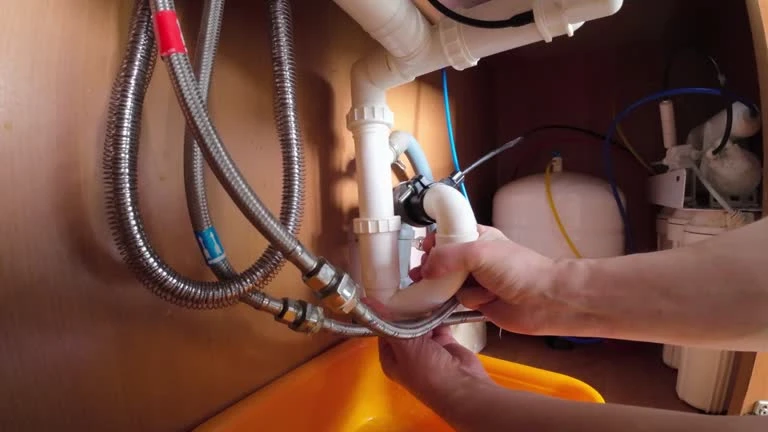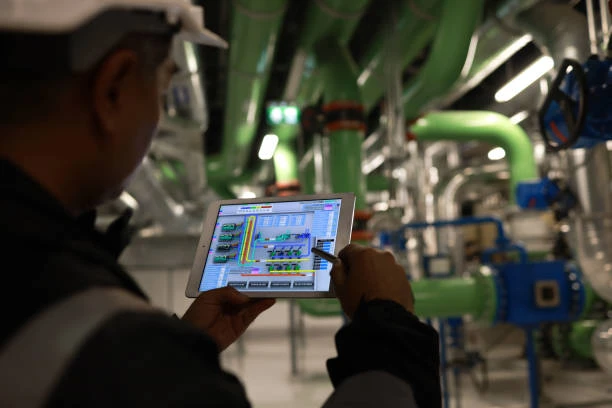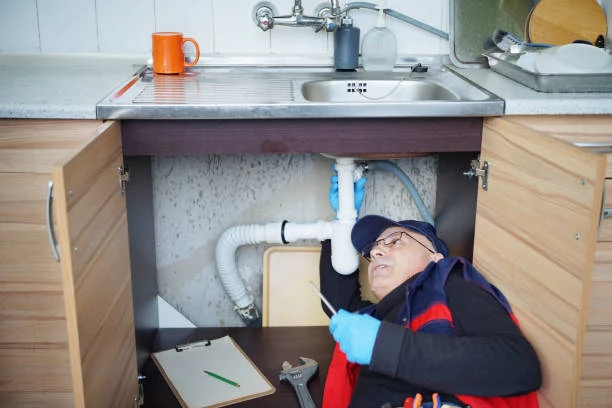Regular inspection and maintenance of PPR pipes are essential to ensure their durability and functionality. These pipes are widely known for their versatility, as PPR pipe used for various applications performs efficiently when maintained properly. Below are essential strategies to inspect and maintain PPR pipes effectively.
1. Understand Applications of PPR Pipes
Before inspecting or maintaining, you need to know where the PPR pipe is used for. These pipes handle applications like hot and cold water systems, chemical transport, and irrigation. For instance, a PPR pipe used for hot water systems may require special attention to pressure and temperature-related wear. Identifying the purpose helps you set the right inspection and maintenance priorities.
2. Conduct Routine Visual Inspections
Frequent visual inspections help identify early signs of wear. Focus on joints, bends, and fittings where stress is higher. A PPR pipe used for industrial chemicals may show discoloration or erosion, while pipes in water systems could develop leaks. Use a flashlight and magnifying glass for precise inspections, ensuring no issue goes unnoticed.
3. Monitor Pressure and Flow Levels
Monitor the pressure and flow levels regularly to detect hidden issues. A drop in flow may indicate clogs or leaks, while excessive pressure may stress the pipe. A PPR pipe used for high-pressure applications requires regular checks using gauges. Immediate action prevents system damage and ensures consistent performance.
4. Flush Pipes to Prevent Clogging
Blockages from sediment or debris can affect flow and cause internal stress. Flush the pipes regularly to remove buildup, especially in industrial settings. A PPR pipe used for irrigation systems may collect dirt, which reduces water delivery efficiency. Flushing prevents such problems and keeps the system running smoothly.
5. Check Temperature Compatibility
Ensure the pipes operate within their specified temperature range. Overheating can weaken pipes, while freezing temperatures can cause cracks. For example, a PPR pipe used for hot water should not exceed its heat tolerance. Use temperature gauges and insulation to maintain safe operating conditions.
6. Replace Worn-Out Fittings and Connections
Replace damaged fittings or connections immediately to prevent further issues. A loose connector can cause leaks or reduce efficiency. For example, a PPR pipe used for transporting chemicals requires leak-proof joints to avoid contamination. Always use fittings designed for the specific application to ensure compatibility and durability.
7. Use Quality Cleaning Products
Use appropriate cleaning agents when maintaining PPR pipes. Avoid harsh chemicals that may damage the pipe material. For example, a PPR pipe used for potable water systems requires non-toxic, food-grade cleaning solutions. This ensures the pipes remain safe and effective for their intended use.
8. Train Personnel in Inspection Techniques
Proper training ensures effective inspections and maintenance. Teach workers how to identify potential problems and use the right tools. Explain how to handle pipes in specific scenarios, such as a PPR pipe used for high-temperature water. Trained personnel reduce the risk of errors and improve system reliability.
By following these strategies and understanding the specific applications of PPR pipe used for various purposes, you can ensure the system remains functional and durable. Regular inspections, timely repairs, and consistent maintenance practices maximize the lifespan of PPR pipes while preventing costly issues.
IFAN Products international standards
IFAN products strictly adhere to a comprehensive range of international standards, encompassing ISO 15874, EN 15874, ASTM F2389, DIN 8077/8078, GB/T 18742, NBR 15884, ISO 15494, EN ISO 15494, GB/T 19472, NBR 15494, ASTM 2846 (501), DIN 8079/8080 (502), ASTM F441/F441M SCH80 (503), DIN (504), DIN (505), GB/T 18993, AS/NZS 1477, CSA B137.6, NSF/ANSI 14, TIS 17-2532/1131-2535, BS 3505, BS 4346 (801), ASTM D1785 SCH40 (802), ASTM D1785 SCH80 (803), DIN (804), GB (805), GB (806), GB(901), DWV(902), ASTM D2665 (903), along with ASTM D2241, D2665, D2729, and F441/F441M series, ISO 1452, EN ISO 1452, DIN 8061/8062, GB/T 10002, AS/NZS 1477, JIS K6741, CSA B137.3, and other national and industry norms.
Connect
IFAN is a Chinese manufacturer of plastic pipes, fittings and valves with 30 years of experience. If you are interest in IFAN copper fittings, copper valves, plastic pipes and fittings, please contact us. IFAN offers you a variety of standard pipes to meet your specific needs. Click below to learn more about IFAN’s wide range of affordable and cost-effective valve products and piping system related products.
We will reply your email or fax within 24 hours.
You can call us at any time if there is any question on our production.
For more information,pls visit our webside https://waterpipefitting.com/
Pls Mailto: [email protected]
Whatsapp: + 86 19857948982














Recent Comments